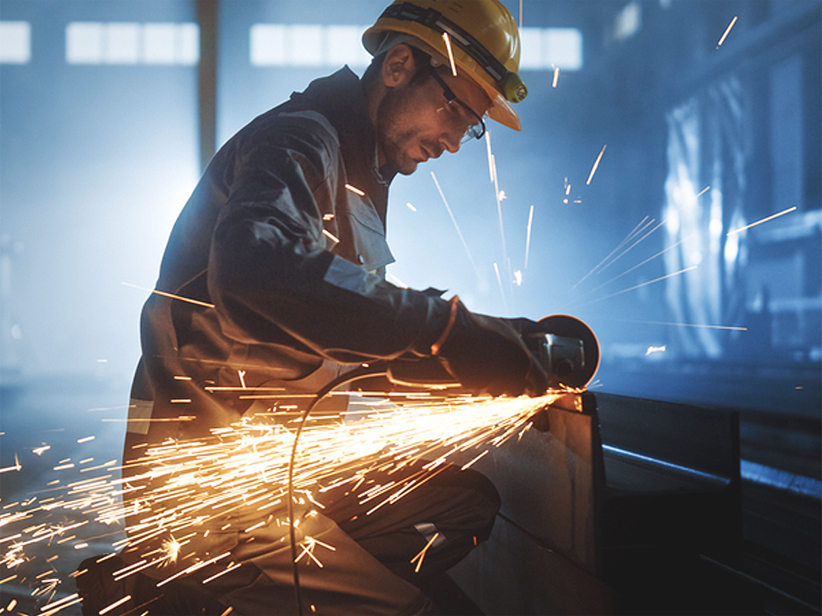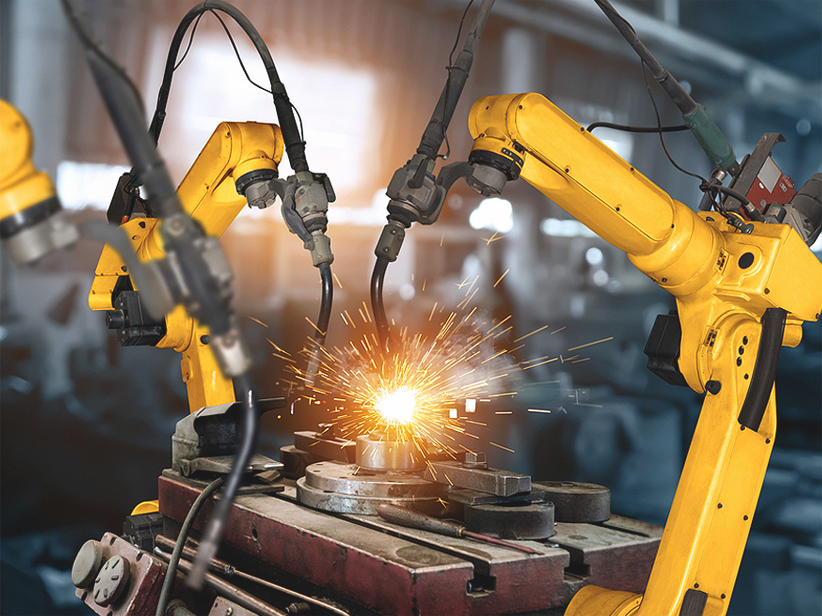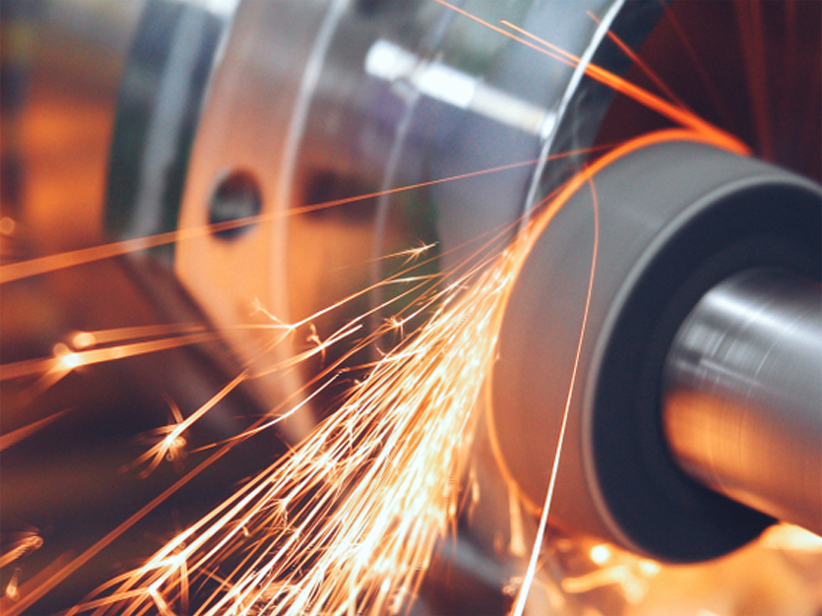THE SHIFT FROM BS4 TO BS6 – ROLE OF STAINLESS STEEL
According to the data published by World Health Organisation in 2016, India has the largest number of polluted cities in the world featuring 30 of them in the top 100 most polluted Global cities (in terms of particulate matter PM10).
One of the measures taken by the government of India in order to curtail the pollution levels is the transition to BS6 emission norms from the currently prevailing BS4 version of vehicular emission standards. These norms apply to both fuel and the engine. Let’s try to understand the difference between the two.
Considering the hiked air pollution levels, various initiatives were undertaken, like odd-even schemes, events like “No Car” days and the Supreme Court’s ban on fresh registration of diesel vehicles in the Delhi NCR region. India has also signed the Paris Climate Agreement which will also come into effect soon.
One of the measures taken by the government of India in order to curtail the pollution levels is the transition to BS6 emission norms from the currently prevailing BS4 version of vehicular emission standards. These norms apply to both fuel and the engine. Let’s try to understand the difference between the two.
The BS6 compliant engines would be less polluting in terms of the gases and particulate matter emitted from them. The move to Bharat stage VI norms from Bharat stage IV norms will bring down Nitrogen oxide and Particulate Matter emissions, which form a major component of outdoor air pollution. Also, the sulphur content will come down to 10 ppm from the current level of 50 ppm which is roughly five times reduction. The transition to stricter emission norms BS-VI from BS-IV and compliance to new safety norms will make vehicles costlier.
The transition from BS4 to BS6 would have an impact on the automobile industry and the industries involved in making its components. It will involve a host of mechanical and technological changes in vehicles that will help cars to emit less and emerge as cleaner vehicles.
Stringent emission laws, mounting energy crisis, and strict safety rules will require the automobile sector to improve strength/weight ratio of the vehicles, thereby promoting several applications of stainless steel in the body.
There is a tremendous opportunity for the suppliers engaged in engine production, fuel injection systems, and emission control and exhaust systems to continuously innovate and develop proprietary technologies suitable for complying with BS-VI norms.
We can also say that it may help in the turnaround of the Indian automobile industry which is currently experiencing a slowdown. This can be deduced from the fact that implementation of BS-VI norms will lead to the clearance of all the old inventories and building up new ones so as to make the new BS-VI compliant vehicles available in the market, thereby upscaling the production and sales.
To improve efficiency, complex designs are being used and the performance criteria of the material are getting tougher. Different grades and effects of their composition on elevated temperature strength, creep strength, endurance limit and corrosion resistance are presented. Based on the criteria mentioned, we may find stainless steel as one of the most suitable metal for application here.
New techniques such as tube hydroforming are also being explored using austenitic stainless steel for the complicated designs utilizing the benefits of high ductility of these grades.
With the development of new varieties of austenitic, Ferritic, and martensitic stainless steel, automotive industry is intensively exploring their potential. Moreover, the use of stainless steel also improves aesthetics and minimizes life cycle costs. Since corrosion resistance remains a fundamental requirement for these applications, selection of grades and stabilizing elements are critical for such applications.
Hence, analyzing the above mentioned scenario, it is in the interest of all the businesses engaged in the automotive sector and its components to start making an investment towards this technology shift now, rather than playing a waiting game. This investment will further manifest itself in a virtuous cycle of production and sale thereby increasing the returns.
To grab this profitable opportunity, If you are willing to make an investment and looking out for steel manufacturers in India, Venus wires with its specific production technologies will be happy to help you in the design of automotive parts according to your specific requirements. You can always contact us for further discussion and be rest assured about the outcome of the product.







